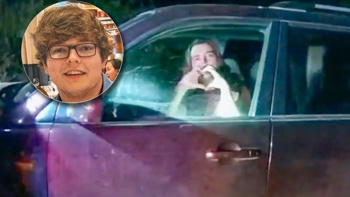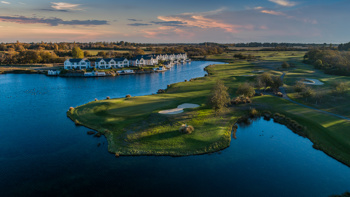Stargazers keen to capture a rare "blood supermoon" tonight should allow plenty of time for preparation - and not bother with their phone camera, an expert says.
For about 14 minutes from 11.11pm on Wednesday, the moon's closest point of orbit with the Earth is due to coincide with total lunar eclipse - making for the first blood supermoon since 1982.

For about 14 minutes from 11.11pm on Wednesday, the moon's closest point of orbit with the Earth is due to co-incide with total lunar eclipse. (Photo / Michael Craig)
Niwa's latest forecast models showed the best places to observe the spectacle would be Auckland, Waikato, Taranaki, Manawatū-Whanganui, Wellington, Marlborough, Nelson, Tasman, Canterbury, West Coast, Otago and Southland.
Niwa forecaster Ben Noll said there was some scattered cloud forecast for Fiordland, Northland, and Bay of Plenty, but stargazers shouldn't be discouraged because there may be enough breaks in the cloud to spot the Moon.
Hawke's Bay and Gisborne had a smaller chance of spotting it, because of thicker cloud cover.
While the actual period of "totality" - when the Earth lines up between the Moon and the Sun and blocks out the Sun's light - will be relatively brief, the eclipse process itself is due to last five hours, beginning at 8.47pm.
Meanwhile, Stardome astronomy educator and astro-photographer Josh Kirkley has offered tips on how to get the best shot of the spectacle.
"Look for clear unobstructed night sky views. The blood supermoon will be visible high in our sky so you should be able to find a good spot wherever you are in New Zealand," he said.
"When the Moon goes into Earth's shadow - at just before 9pm - the reddish light passing through Earth's atmosphere will be refracted on to the Moon, creating a blood-red colour across the lunar surface."
Kirkley said anyone who wanted real photos would need a DSLR or mirrorless camera, with interchangeable lenses.
"Phone cameras just won't cut it for a nice clear shot," he said.
"Many standard cameras come with 18-50mm lenses, but I'd recommend lenses closer to the 300-600mm mark to get crisp close-up shots of the Moon."
The higher the number, he said, the better.
"Ideally, you'll also need a tripod, as night photography with handheld cameras will inevitably end up blurry."
Next, moon-shooters needed to ensure their settings were sorted before the big moment.
"To focus on the Moon, first you must turn off AF which is auto-focus," he said.
"This is a physical button on most lens bodies, and it must be changed to MF or manual focus so you can properly focus on the Moon.
"From here, you typically turn the ring around the end of a lens to focus on the object."
Once the moon was in clear focus, the next step was to ensure the aperture of the camera lens was as wide as possible.
"This is known as f-stop, and it basically means how much light your lens will let into the sensor," he said.
"The lowest possible aperture number for your lens will be best, as it allows you to take faster photos that capture more light."
An ideal f-stop would be around the f/2 mark.
"From here you will need a fast shutter speed," he said.
"Typically, you'd want long exposures to take photos of stars and the galaxy, but in this case the Moon is bright and it will be moving across the sky, so a faster speed will reduce blur from movement and over-exposure."
When it came to shutter speed, he suggested 1/100 would be a good starting point.
"The last setting is ISO. ISO is how 'sensitive' your sensor will be when it lets in light," he explained.
"ISO 400-800 would be a good start. This is the setting to play around with the most to get your ideal photo.
"If your photo is too bright and overexposed, use a lower ISO. If it looks too dim and grainy, move the ISO up until you have the desired results.
"There is no perfect setting to take a photo of the lunar eclipse but start with these basics and go from there."
Lastly, photographers needed to find a great vantage point.
"There's not a lot of time to get your perfect shot. Since the Moon is only going to just about enter, then quickly exit, Earth's central shadow, the coloured 'totality' of the eclipse will last only 14 minutes and 30 seconds and will start at about 11.11pm," he said.
"It's a good idea to practise and prepare your manual settings in advance. A combination of lens size, aperture, ISO and speed will get you the best results. Good luck."
Take your Radio, Podcasts and Music with you









